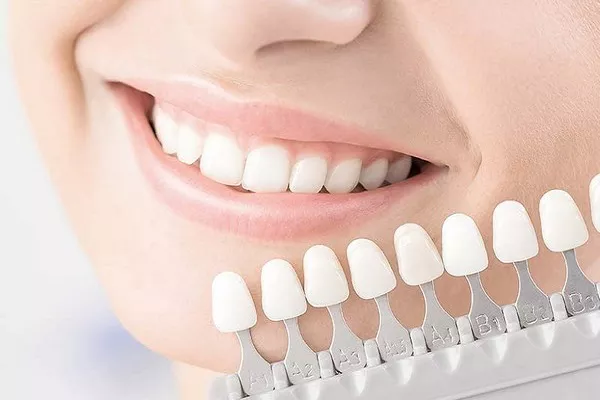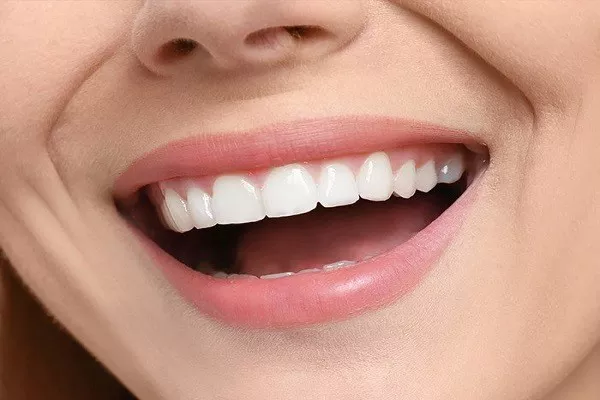Dental implants have become a cornerstone in modern dentistry, providing a durable and aesthetically pleasing solution for missing teeth. However, when it comes to teeth whitening, questions arise about the compatibility of dental implants with traditional whitening procedures. In this article, we explore the feasibility of whitening dental implants, understanding the nuances and considerations associated with this cosmetic enhancement.
1. Understanding Dental Implants: A Brief Overview
Dental implants are artificial tooth roots made of titanium that are surgically implanted into the jawbone. Once integrated, they serve as a stable foundation for crowns, bridges, or dentures. Unlike natural teeth, dental implants are resistant to decay and do not respond to traditional whitening agents in the same way.
2. The Limitations of Whitening Dental Implants: Why It’s Challenging
a. Material Composition:
Dental implants are typically made of materials like titanium or zirconia, which are resistant to the bleaching agents commonly found in teeth whitening products. Unlike natural teeth, these materials do not absorb the whitening agents in the same manner.
b. Integration with Natural Teeth:
If dental implants are part of a dental restoration that includes natural teeth, achieving a uniform shade may be challenging. Whitening products may affect natural teeth but won’t impact the color of the implant.
c. Professional Intervention:
Unlike natural teeth, dental implants do not have enamel. Traditional teeth whitening relies on penetrating the enamel to remove stains. Dental professionals need to exercise caution to avoid damaging the implant or any surrounding restoration.
3. Alternatives for Enhancing Aesthetics: What You Can Do
a. Choosing the Right Shade Initially:
When getting dental implants, working with your dentist to choose the right shade is crucial. This proactive approach helps ensure that the implants closely match the color of your natural teeth.
b. Whitening Natural Teeth Separately:
If your dental restoration includes both implants and natural teeth, a common approach is to whiten the natural teeth first. This can create a more harmonious and blended appearance.
c. Considering Removable Restorations:
For those with removable implant-supported restorations, such as dentures, replacing the teeth or the entire prosthesis might be an option if a change in shade is desired.
4. Professional Guidance: The Importance of Dental Consultation
a. Assessment of Viability:
Before attempting any whitening procedures, it’s crucial to consult with your dentist. They can assess the condition of your dental implants, evaluate the restorations, and determine the viability of any whitening efforts.
b. Customized Solutions:
Dental professionals can offer customized solutions to enhance the overall aesthetics of your smile. This may involve adjustments to the color of natural teeth, replacing restorations, or exploring other cosmetic procedures.
5. Protecting Your Investment: Best Practices for Dental Implant Care
a. Regular Dental Check-ups:
Routine dental check-ups are essential to monitor the condition of your dental implants and address any concerns promptly. Your dentist can provide guidance on maintaining optimal oral hygiene.
b. Avoiding Staining Agents:
To preserve the aesthetics of your dental implants, it’s advisable to limit consumption of staining agents like coffee, tea, and tobacco. This can help prevent discoloration and maintain a more consistent appearance.
Conclusion: Balancing Aesthetics and Realism
While the question of whether you can whiten dental implants directly may have limitations, achieving a harmonious and aesthetically pleasing smile is still within reach. Dental professionals play a crucial role in guiding patients toward realistic expectations and customized solutions. By understanding the complexities of dental implant materials and collaborating with your dentist, you can strike a balance between enhancing your smile and protecting the longevity of your dental investment. Ultimately, a radiant and confident smile is not just about the color; it’s about the overall health and seamless integration of your dental restorations.
Can You Drink Water With Whitening Trays In
How do you make yellow teeth white?
What to Do when your Teeth Hurt from Whitening Strips





























